A Collection of Forgotten Greenhouses
Today, as I sat down at my computer, eager to delve into the world of captivating imagery, I typed in my chosen search words of the day: “abandoned greenhouse.” Little did I know the visual feast that awaited me. As I scrolled through the countless photographs, an overwhelming question surfaced: Why are so many abandoned greenhouses? In a world where we still relish the taste of greens and adorn our homes with their beauty, what led to the neglect of these beautiful glass forests? Perhaps, in a world focused on mass production, it may seem naïve to ponder such a question. Nevertheless, as I continued my search, one photographer’s remark resonated deeply: “once left to rot, [a greenhouse] might not be doing much ‘rotting’ as it is growing.” Let us journey through the documented compendium of abandoned greenhouses worldwide, curated by photographers who are curious about these forgotten glass sanctuaries.
#1

Image By: Jeff Weisberg
#2

Image By: Martino Zegwaard
#3

Image By: Martino Zegwaard
#4

Image By: Martino Zegwaard
#5

Image By: Liesje
#6
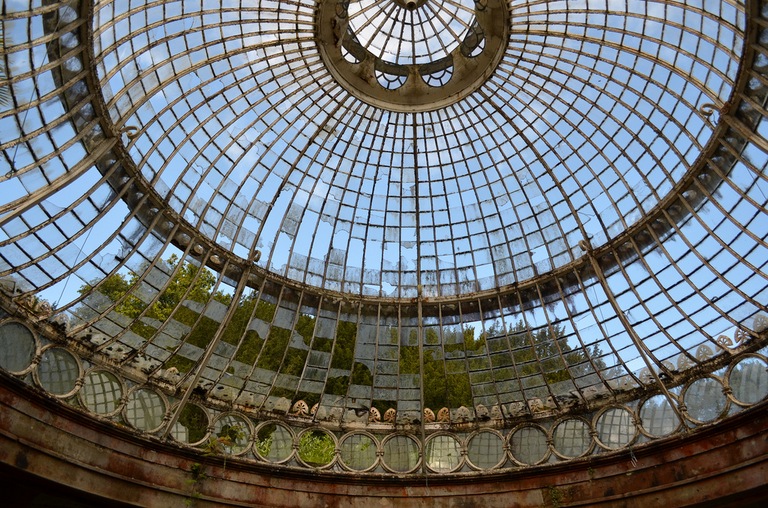
Image By: Mark Niashere
#7
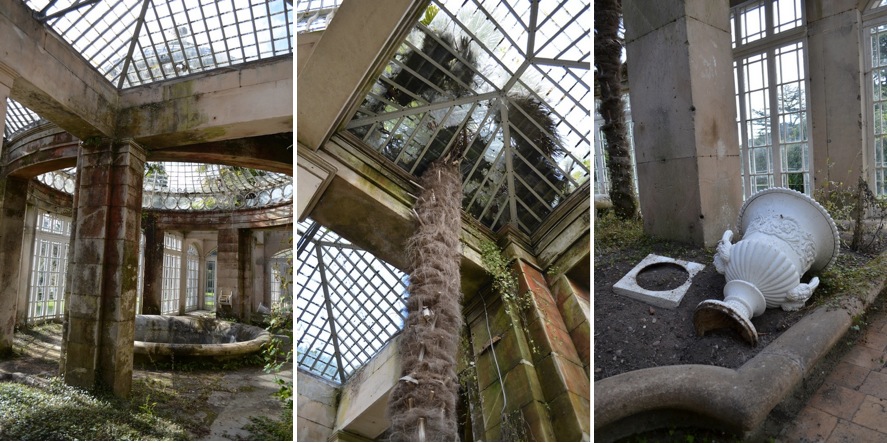
Image By: Mark Nias
One of the remarkable structures that caught my attention is the enigmatic “Chateau R.” Despite its appearance of abandonment, this castle is far from forgotten. As you venture closer, a German Shepherd awaits, baring its teeth, adding to the air of mystery. While exploring, I encountered both the gardener and the ‘baron,’ it felt like stepping into a realm straight out of a fairy tale. In the presence of such magnificence, one can’t help but believe in the existence of elves and fairies, as if they might reveal themselves at any moment.
#8
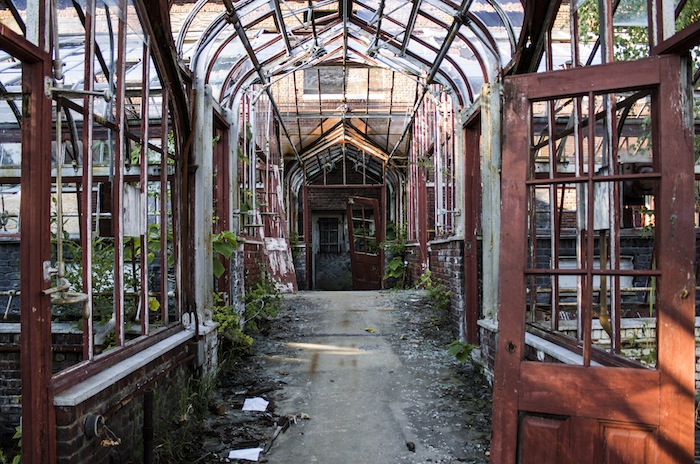
Image By: George / Flickr
#9

Image By: Shane McNelly
#10

Image By: BlueMaria
#11
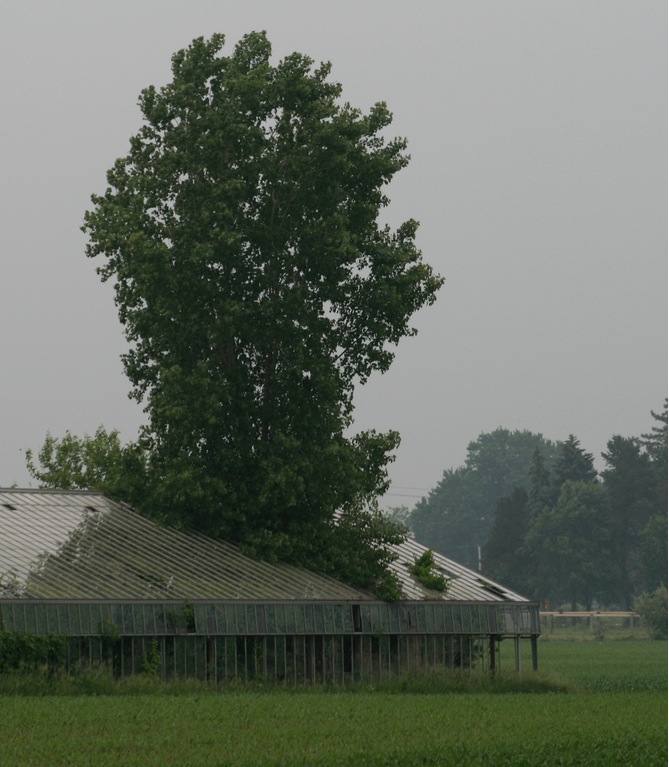
Image By: Brian B
#12
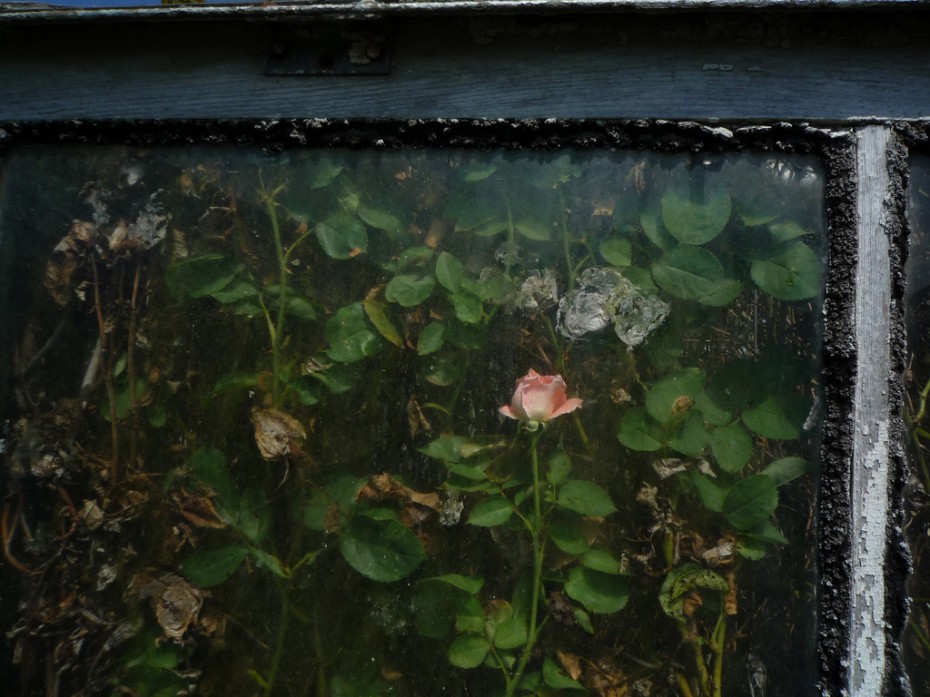
#13

Nestled within the picturesque landscape of England lies the abandoned greenhouse at Alton Towers. Established in 1860 in Staffordshire, this site thrived with flower shows and captivating garden tours. However, a theme park took center stage as time passed, leaving the greenhouse overlooked. They underestimated the curiosity of children, who might have found solace and enchantment within the thriving greens of the greenhouse.
Just off Route 9 in Yonkers, a short drive north of New York City stands the Boyce Thompson Institute—an abandoned agricultural haven where nature has taken over. Opened in 1924, this institute comprised fields, greenhouses, and laboratories dedicated to studying plants and improving society. William Boyce Thompson, an American mining magnate, established the institute after his eye-opening experience with poverty and starvation in Russia. Concerned about the growing population in the USA and the potential strain on the food supply, he embarked on this noble venture. However, in 1978, due to increasing air pollution and soaring property taxes, the institute relocated to Cornell University’s Ithaca campus. Presently, the property is owned by the city of Yonkers, a symbol of untapped potential. The buildings remain in limbo despite talks of transforming them into commercial buildings and wellness centers since 2005. Windows smashed, walls covered in graffiti, and greenery slowly enveloping the greenhouses, the Boyce Thompson Institute stands as a testament to the passage of time and the resilience of nature’s embrace.
#14

Image By: Neil Berret
#15
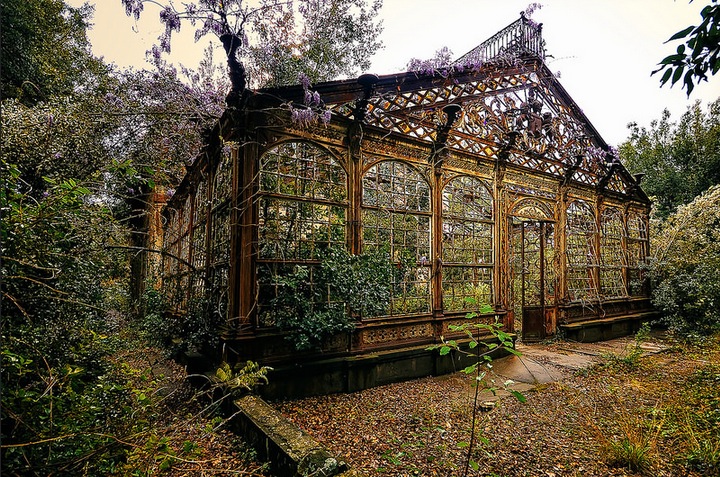
Image By: Nicola Berlotti
#16
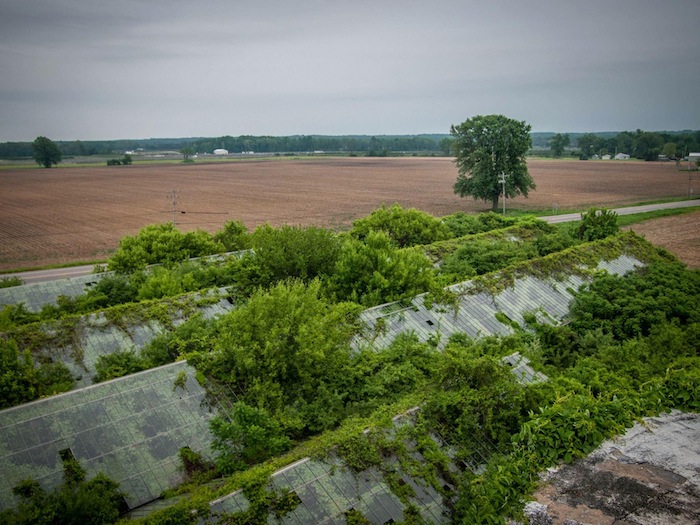
#17
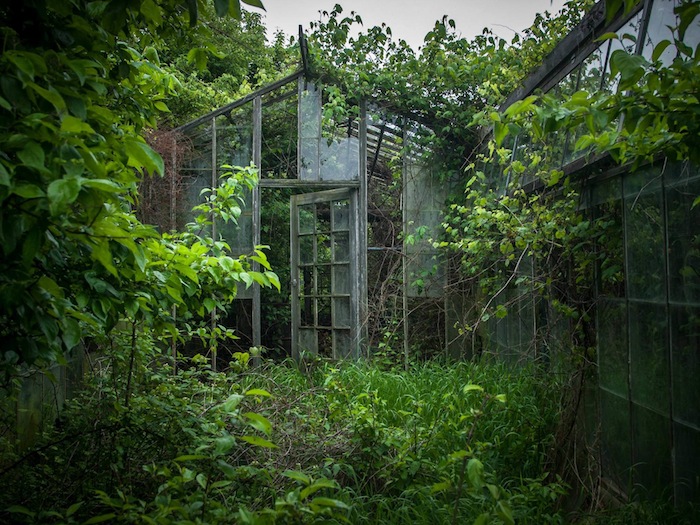
#18

#19
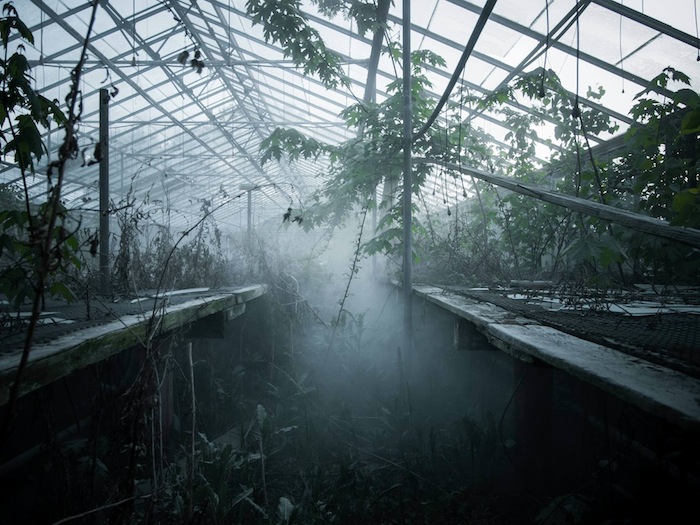
Image By: Johnny Joo
#20
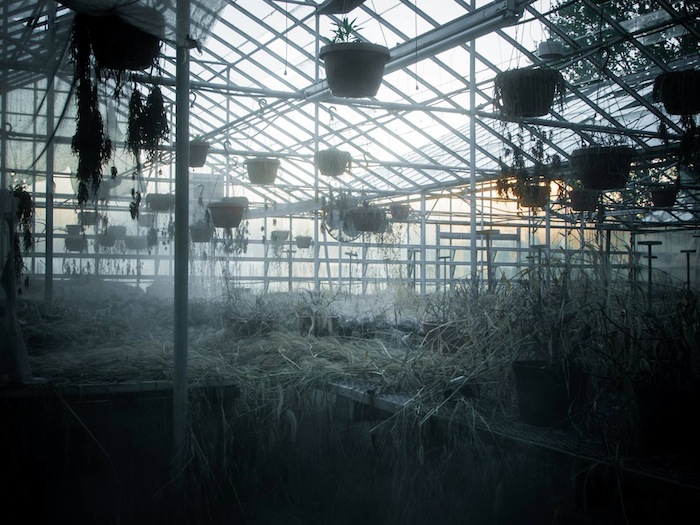
Image By: Adam Peterson
A poignant recollection comes from someone who worked at Warrensville Greenhouse under the guidance of Ken Otto between 1981 and 1984. Reflecting upon a picture of the greenhouse’s current state, they express a profound heartbreak. Ken Otto, a mentor who played a pivotal role in their life, instilled responsibility, skills, and a sense of value during their formative years. Even now, they yearn to convey the profound impact those few years had on shaping the person they are today. It serves as a reminder of the significance that greenhouses hold not just in terms of sustenance but also in nurturing the growth of individuals.
#21

Image By: Urbex With
#22
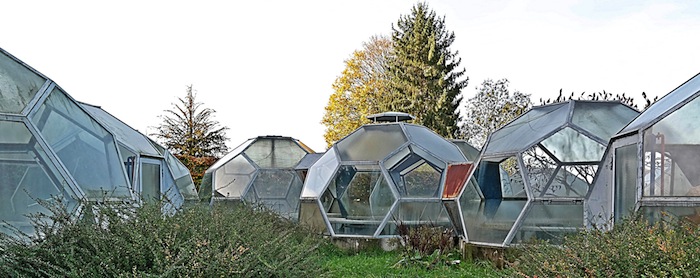
Image By: Urbex With
#23
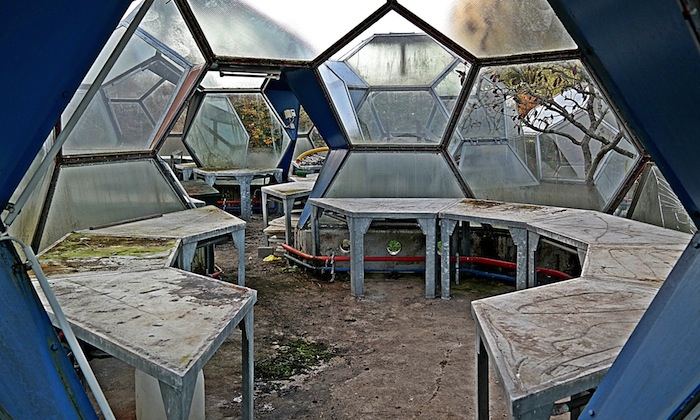
Image By: Vanessa Cornacchia
#24
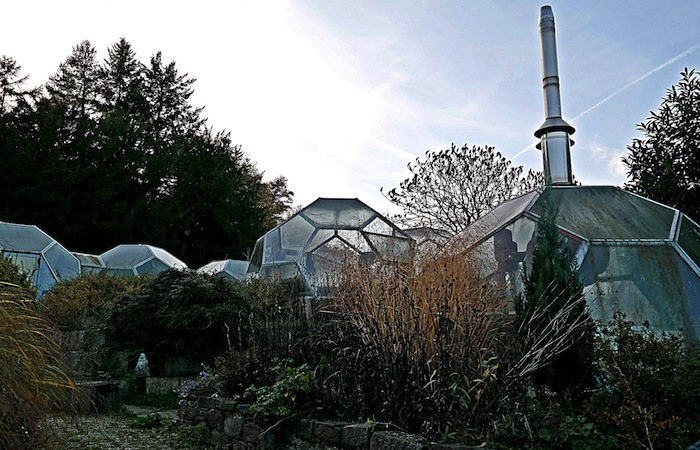
Image By: Matt Northam
#25

Image By: Friedhelm Thomas
#26

Image Credit: Matt Northam
Over time, as vines and foliage gradually embraced the metal beams that once held these structures together, a captivating transformation occurred. Nature’s touch, with its winding hands, gently caressed the facilities, orchestrating their eventual demise. Beneath the vine-covered blanket lies the rusting and decaying skeleton of a place that once provided sustenance and adorned homes, offering employment to many. We are accustomed to greenhouses’ vibrancy and liveliness, but what transpires when they are abandoned? When we relinquish control and leave these structures to the whims of nature, an extraordinary scene emerges—an almost post-apocalyptic stage, tranquil yet poignant in its portrayal.
#27
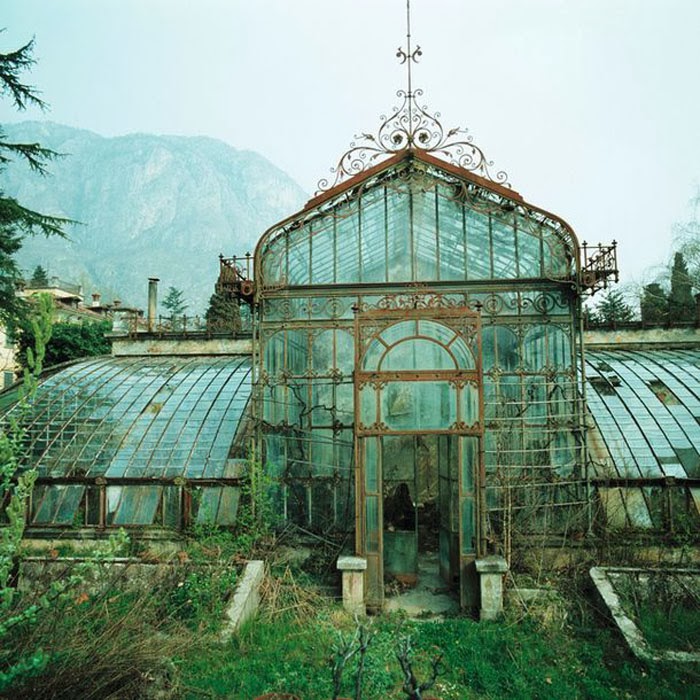
Image By: Friedhelm Thomas
#28
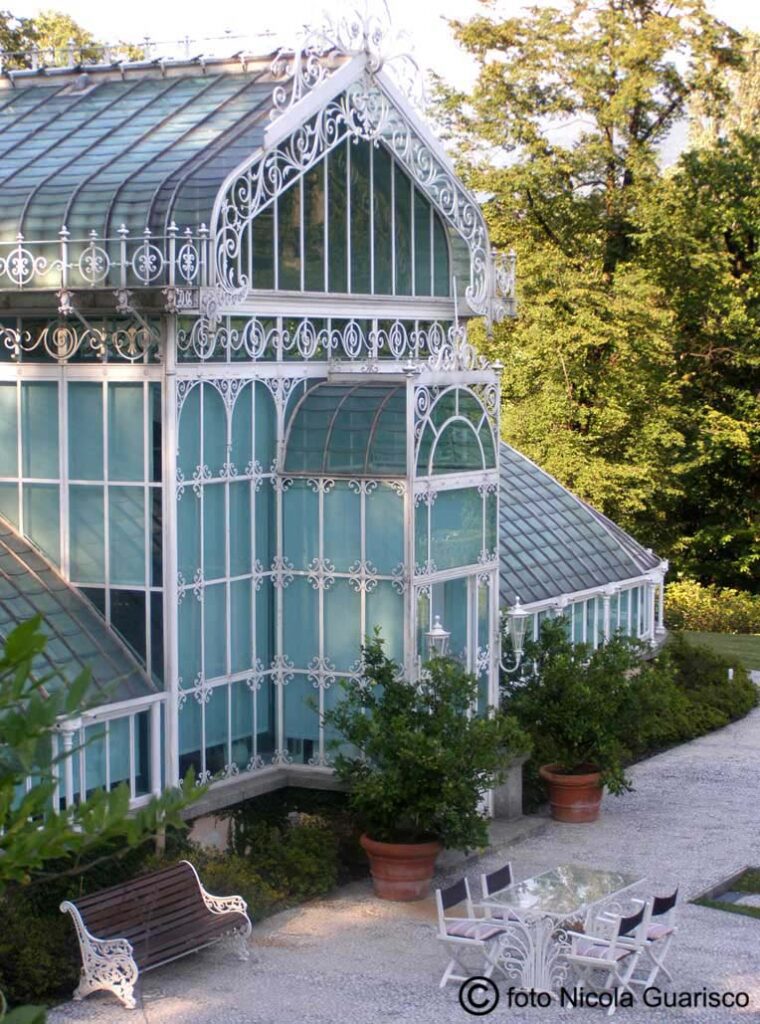
#29

#30

#31

Hidden amidst the scenic beauty of northern Italy, near Lake Como, stands the abandoned Victorian Style Greenhouse of Villa Maria. Nestled within the renowned garden of Villa Carlotta in Tremezzo, this captivating “wintergarden” in Griante/Cadenabbia allures visitors with its ethereal charm. Although left unattended, the enchanting park and its glass sanctuary continue to captivate the imaginations of those who stumble upon its secluded splendor.
#32
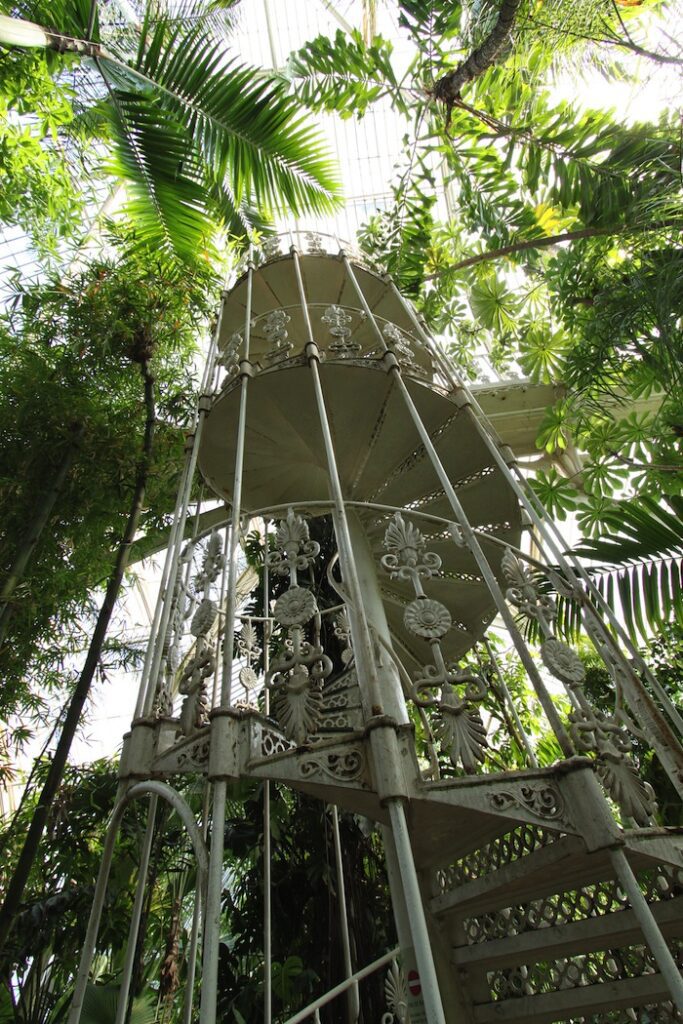
#33

#34

#35
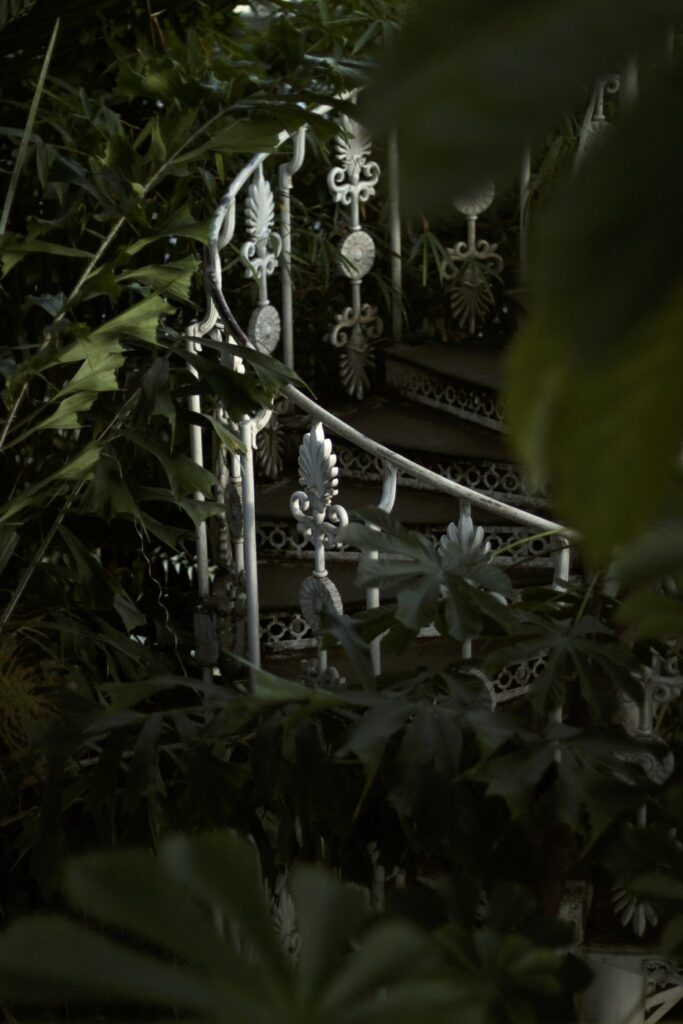
The world of abandoned greenhouses holds a peculiar allure that beckons the curious and captivates the creative. From forgotten structures that resemble fairy tale castles to neglected greenhouses in iconic locations, the visual narratives captured by photographers unravel the enigmatic stories behind these glass forests. While the reasons for their abandonment may vary, the inherent beauty that emanates from nature’s reclamation remains constant. As we navigate the evolving landscapes of the modern world, may we preserve the memories, appreciate the growth, and rediscover the profound connection between humanity and the enchanting allure of greenhouses.
Note: We do not own any of the images here and all images are copyrighted to their original owners. Please contact us if you wish to remove anything








